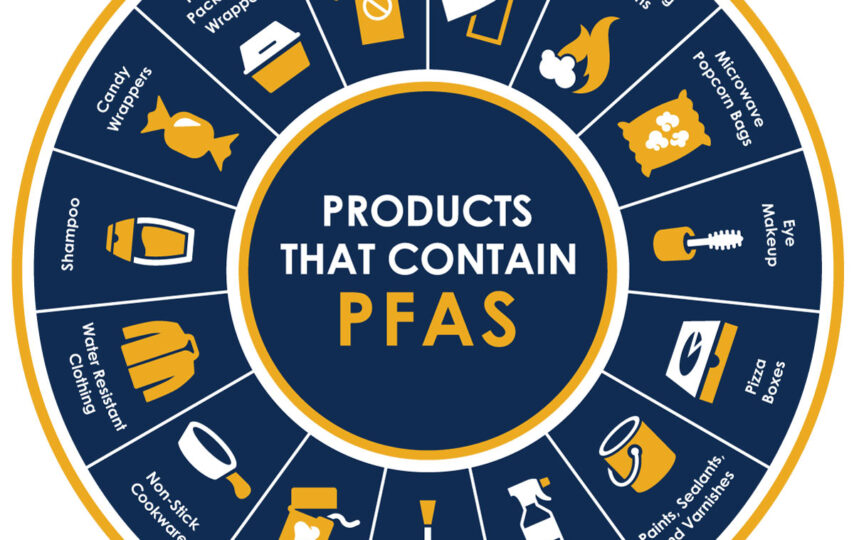When you hear about PFAS, what comes to mind? Chemicals that won’t break down in the environment and can leach into your drinking water? Toxic chemicals where you’re not even sure what they are? Contamination of our most important sources of drinking water by the United States military around the world? This article will explain what PFAS is and how it’s affecting all of us.
What Are PFAS?
PFAS are a group of chemicals that have been used in a variety of industrial and commercial applications for more than 50 years. They are found in many products, including food packaging, clothing, firefighting foams, and other materials. PFAS in drinking water has been linked to serious health problems, including cancer and developmental issues in children.
How to Get Rid of PFAS
PFAS are chemicals that are used in a variety of products, from clothing to food packaging. They can leach into the environment and potentially cause health problems, including cancer. Here’s how to get rid of them:
1. Check for PFAS contamination in your home. If you’re concerned about PFAS levels in your home, you can test for them using a home test kit. You can contact your local water utility to get more information about testing and possible cleanup steps.
2. Clean up any contaminated surfaces. Remove any contaminated items from the area, including furniture, carpeting, and flooring. Hot water and soap can help clean surfaces. You can also use a vacuum cleaner with a brush attachment to remove larger pieces of contamination.
3. Dispose of contaminated materials properly. Don’t throw contaminated materials into the trash; instead, dispose of them in a secure container or burn them if they’re non-toxic. You can also compost them if they’re biodegradable.
Also Visit: WHY SOCIAL MEDIA MARKETING IS NECESSARY FOR EVERY BUSINESS
The Dangers of PFAS in Drinking Water
PFAS are a group of chemicals used in many industrial and consumer products, including firefighting foam, food packaging and stain resistant clothes. They have been linked to health problems including cancer and endocrine disruption. In recent years, PFAS have been found in drinking water across the U.S. and Canada.
To reduce your exposure to PFAS, you can:
-Avoid using products that contain PFAS
– Wash your clothes and dishes with water that has been filtered or treated with a PFAS-removing filter
– Avoid drinking water from municipal water systems if you can. If you can’t, use a water filter in your home or provide bottled water for drinking and cooking.
– Don’t flush or pour down the sink PFAS that you can’t handle safely, including items like diaper pails (where babies sleep) and other items with PFAS in them. Instead of flushing these items, put them in a trash can with a lid.
What Can I Do To Help Get PFAS Out of Our Drinking Water?
There are a few things that you can do to help get PFAS out of your drinking water. First, you can try to find out where the PFAS are coming from. If you know where the PFAS are coming from, you can try to clean up the source. You can also try to filter your water. You can also try to drink bottled water or water that has been purified through a process like distillation. You can also try to remove PFAS from your drinking water by using a charcoal filter. Finally, you can try to get your water tested for PFAS. You can have the City of Portage or another local agency test your drinking water for PFAS.
Also Visit: 6 Great Plants to Put in Your Front Door Planters













